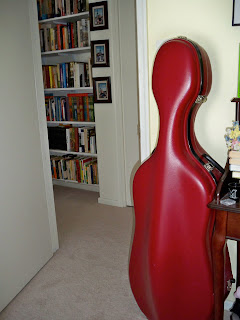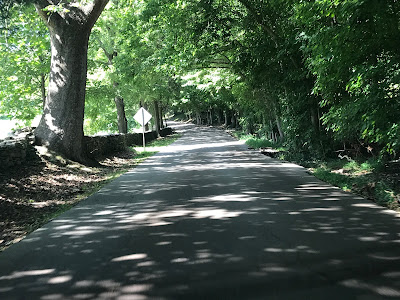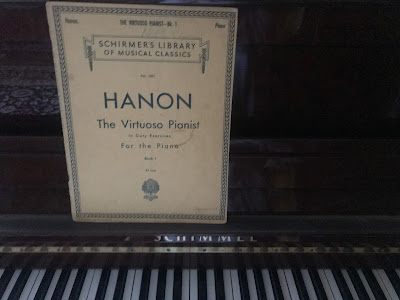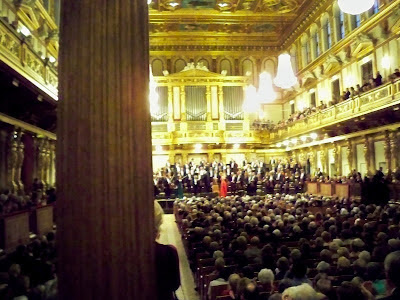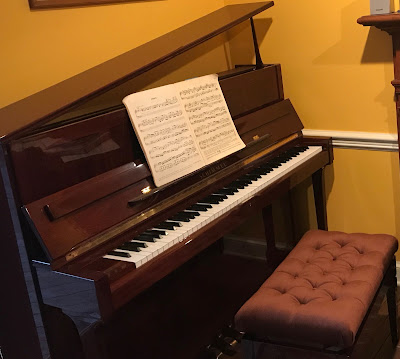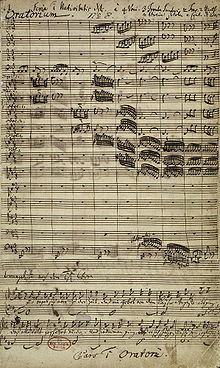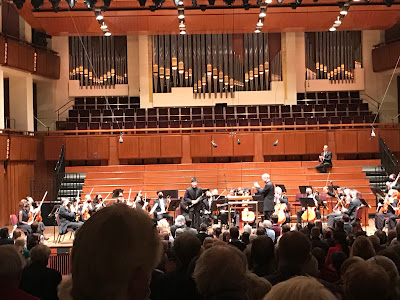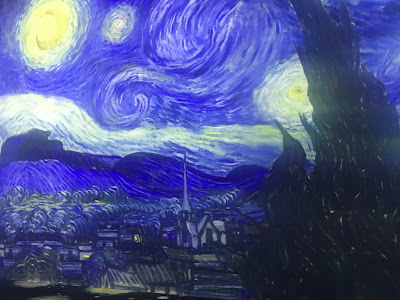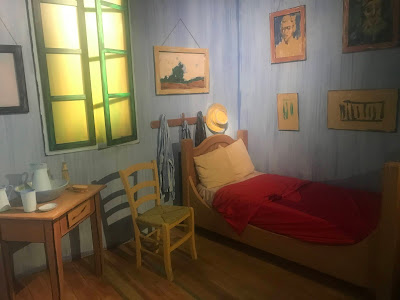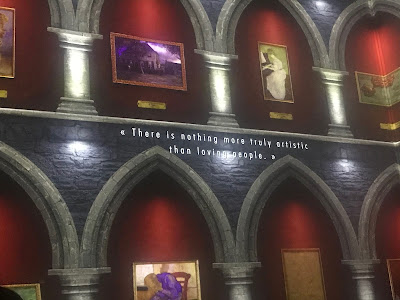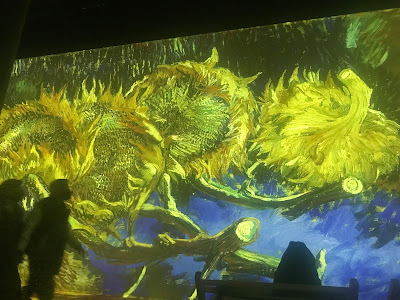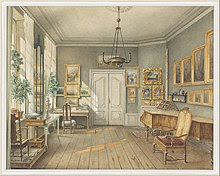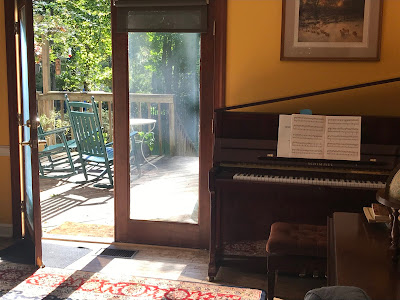Music and Writing
There was a time in my life when writing and music were neck and neck. I loved to write and loved to play piano, and, for a brief and shining time, I loved being a member of a youth orchestra, even though it meant learning to harrumph my way through the string bass parts of Brahms’ First Symphony, the Leonore Overture and other pieces I can still remember even though I played them decades ago.
In the end it came down to this: I could make a living as a writer but not as a musician, and wanting a roof over my head and clothes on my back I made what I think was the wiser choice. But music was always out there, a grand passion, and lately, with the new piano, a more fully engaged one.
What has occurred to me recently is how well the two go together. How music takes over when words fail. How words crystallize the feelings that music engenders, how in my re-engineered life, music and writing can work together. They can and, I hope, they do.
